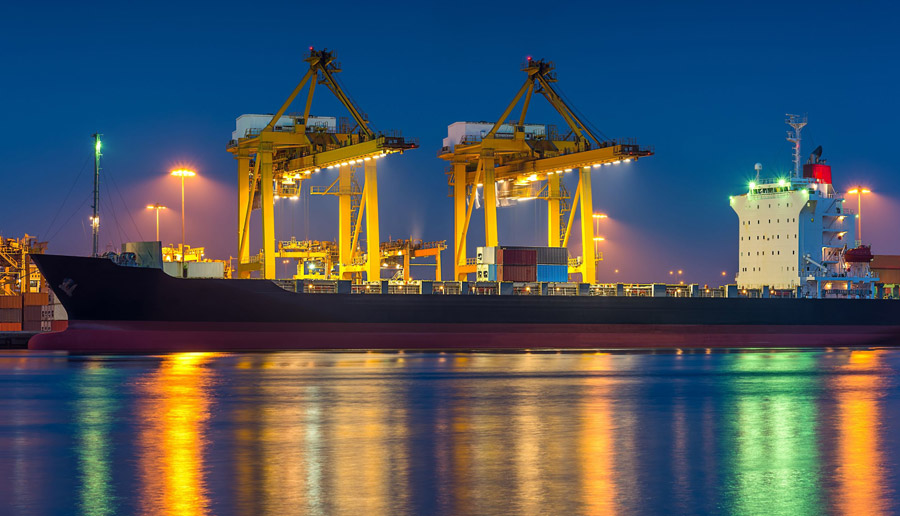Digitalisation is an excellent opportunity for ports to increase their competitiveness while adopting new more efficient and ecological standards. However, a study by Innovez One reveals that 80% of ports are still not making use of the advantages of digitalisation.
The study shows that most ports continue to use manual processes (personal interaction, paper, etc.) for managing marine services and port formalities. This leads to a series of ineffective processes and risks such as delays, excessive fuel use or lack of traceability. All of this reduces their capacity to compete in the same playing field as smart ports.
Here are some of the ports worthy of note in regard to their use of this digitalisation.
Antwerp
The Port of Antwerp has successfully transitioned into a smart port by introducing different state-of-the-art technologies. Outstanding here its digital twin, a 3D copy of the port enabling the production of real-time simulations with no risk while improving the decision making process.
In 2018 the port launched a pilot project involving the use of blockchain for the digital exchange of phytosanitary certificates for products imported to Europe. This technology guarantees and speeds up the safe exchange of documents and containers for all stakeholders.
Another interesting feature of digitalisation in the Port of Antwerp is the smart quay wall, consisting of a series of camaras and sensors to guarantee correct mooring by ships, thereby reducing waiting times.
Rotterdam
Europe’s biggest port is equipped with the Smart Infrastructure programme to articulate its digital transition with the main objective of ships being able to enter and leave the port autonomously by 2030. To enable the process, Rotterdam has its own digital twin and an IoT team which is working on a platform that collects centralised dynamic data.
The unmanned container terminal with autonomous cranes and remote-controlled trucks, Maasvlakte was a first step in this growing automation. Here the idea is to obtain widely varying information and cross-reference it to establish whether a ship can or cannot come into the port.
Barcelona
The Port of Barcelona concentrates on innovation with the focus on achieving zero emissions by 2050. The Covid-19 crisis highlighted the need for tools such as its Port Community System, thanks to which many of the port workers can carry out their tasks in remote fashion.
This is only one of the many port initiatives in the race to introduce the 5G high-capacity network by 2023; it also has its sights set on artificial vision to predict waiting times in terminals and container traceability. The electrification of quays is another priority: 40 of its 100 port fleet units are now electric.
Los Angeles
The Port of Los Angeles is also introducing solutions to meet its objective of migrating all load handling equipment to zero emissions by 2030. Its star team lies in the zero-emission top handlers, off-road vehicles with an overhead boom for loading containers onto lorries and trains and offloading them in the terminals.



Comments are closed.